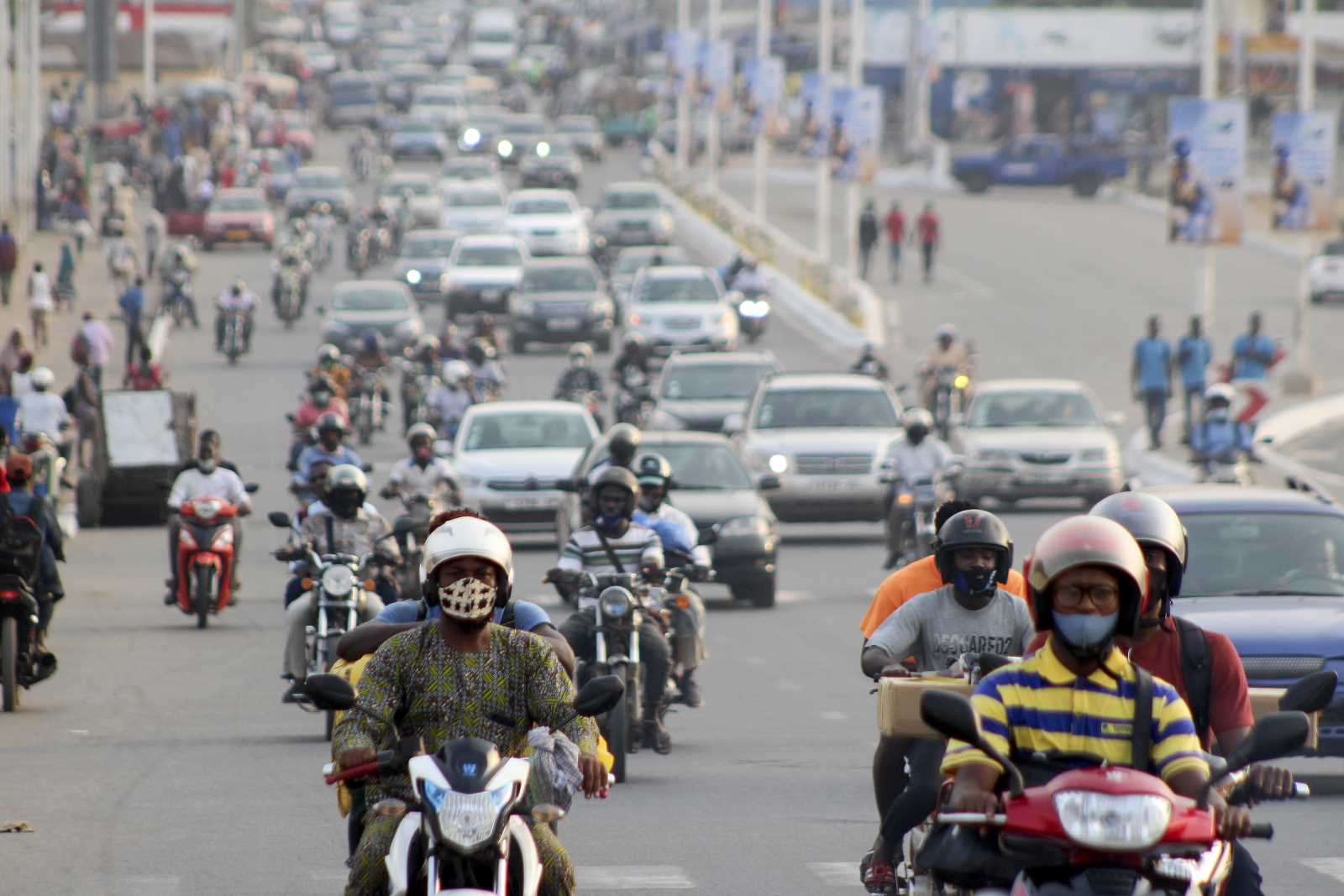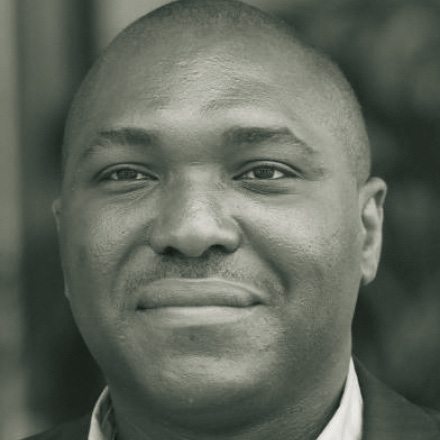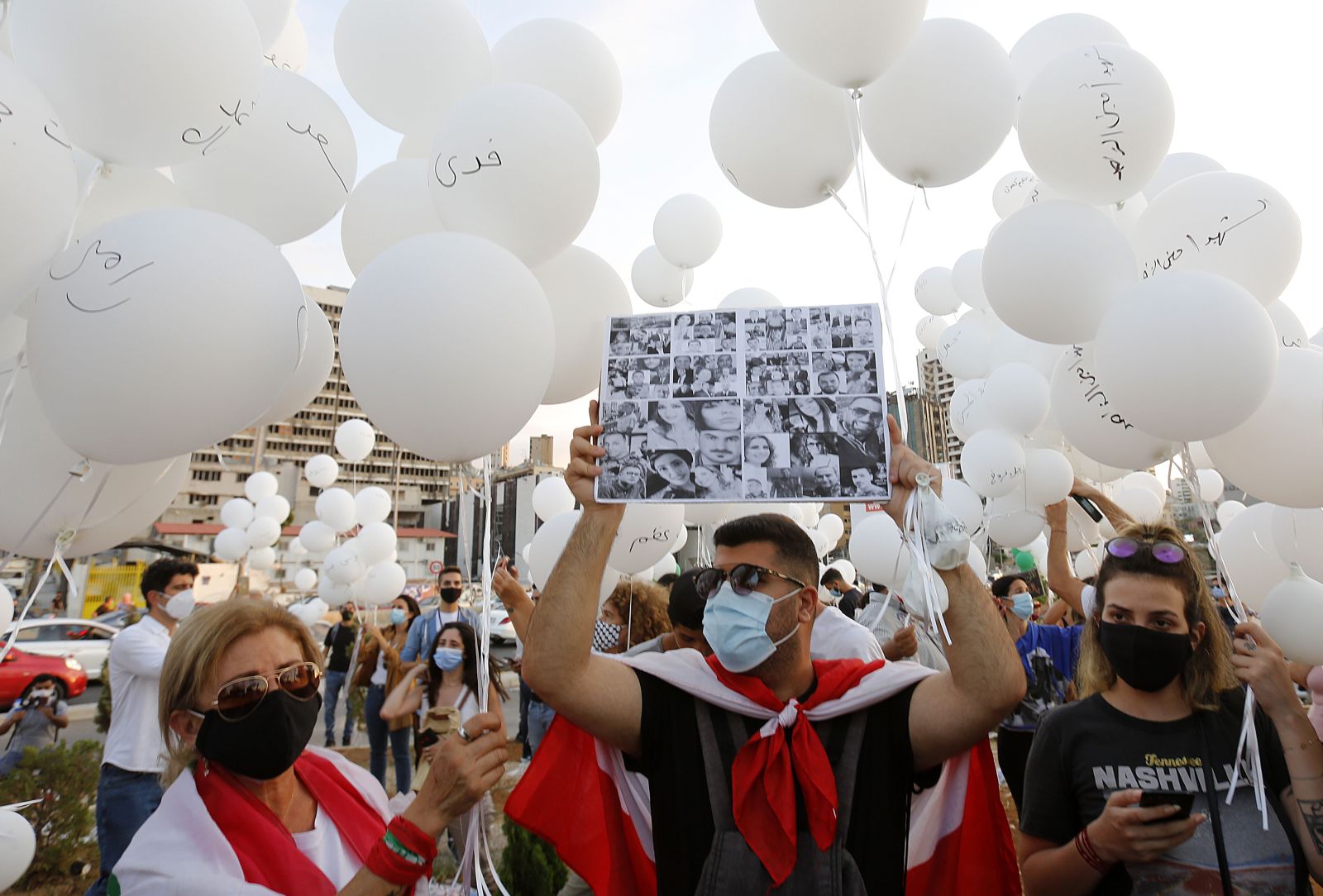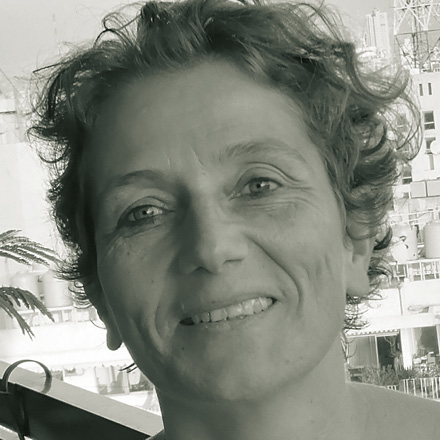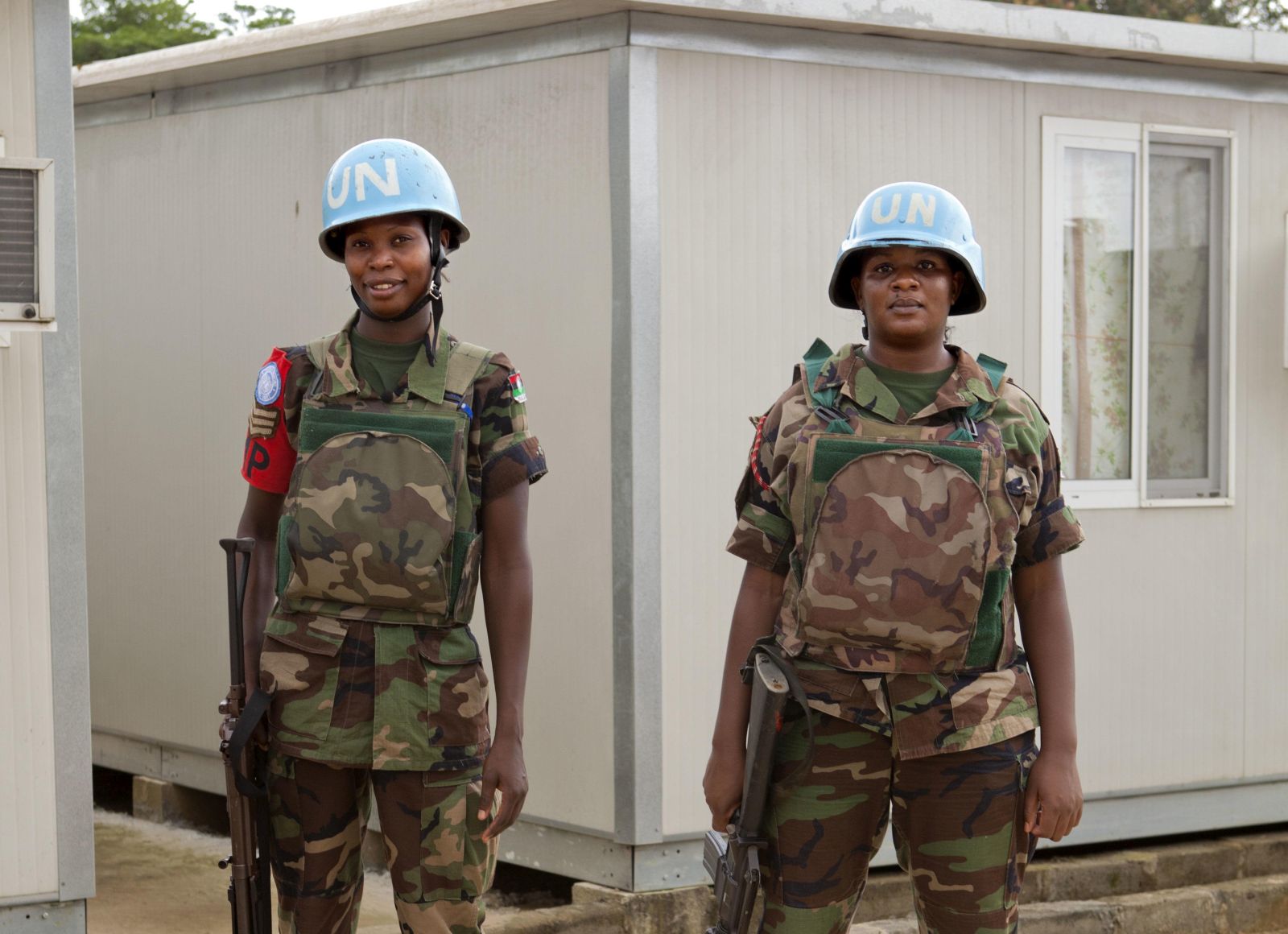War
Scars on young bodies
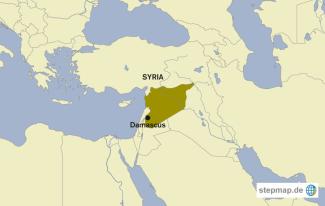
Seven-year-old Ahmad Alkhateb was playing with his friends in the street near his house in al-Raqqa in northeast Syria, when a mortar shell suddenly exploded near them. Shrapnel hit Ahmad in the face and left a big scar on his cheek. Even worse, his right leg had to be amputated, although the doctors in the local hospital did everything they could. He only got a prosthesis once the road to Damascus was safe to travel again.
Doneaa, the resident doctor of the Children’s Hospital in Damascus, says that she has many injured children coming from the eastern areas like Deir al-Zour or al-Raqqa that lack medical services. In Damascus, Ahmad finally received treatment and was given an artificial limb. He is still learning to walk.
Psychological trauma has wiped out Ahmad’s memory. The doctor says that the little boy is in a “denial phase”. Ahmad’s mother worries because the behaviour of her child changed: “He keeps himself isolated and he hardly talks more than a word or two.”
According to the UN Children’s Fund (UNICEF), about 3.3 million Syrian children face war hazards, like improvised explosive devices (IEDs) and explosive remnants of war (ERW). Most injured children don’t receive the medical attention they need. UNICEF claims that 1.5 million people in Syria live with long-term disabilities related to war injuries.
Mine explosions are now the leading cause of child casualties across the country, with unexploded ordnance accounting for 434 deaths and injuries last year.
Henrietta Fore, UNICEF executive director, points out that in 2018 alone, 1,106 Syrian children were killed in the fighting. This was the “highest ever number of children killed in a single year” since the start of the war. Fore assumes that the true figures are likely to be much higher.
Millions of children have spent their entire lives in war zones. Many suffer deep psychological trauma. There is only limited access to basic social services. There is no specialised institution for psychological support for those children.
Eleven-year-old Rima has a long scar on her leg. “When she was 3 years old, our house was bombed at night”, her mother reports. “Rima suffered third-degree burns. It took her eight months to recover.” Because of her scar, Rima always wears long pants. But whenever she sees a girl with a short dress, she tells her mother: “I wish I could wear a short dress like that.”
Nawar Almir Ali is a journalist and lives in Damascus, Syria.
nawaralmir@gmail.com
